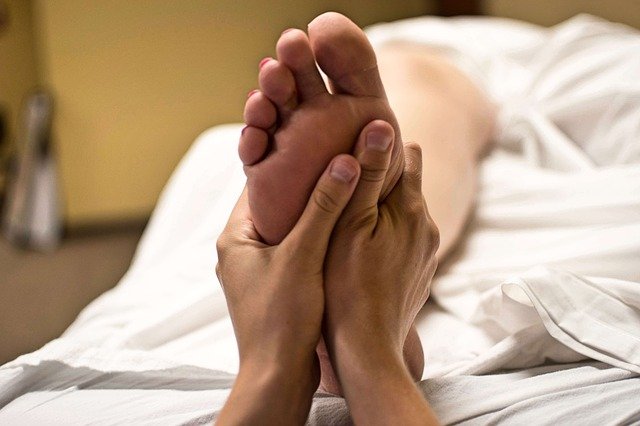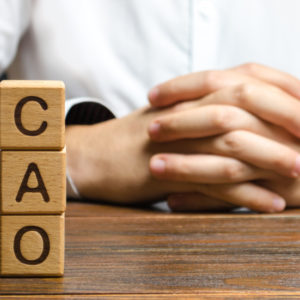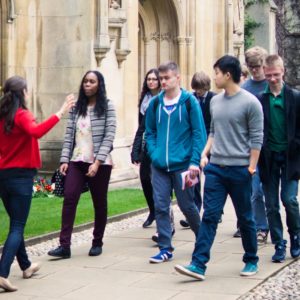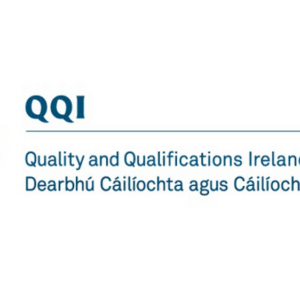What is Reflexology?
Reflexology is a form of massage therapy that involves applying alternating pressures areas on the feet, hands, and outer ears. Reflexology is a relaxation technique designed to alleviate stress and thereby reduce health problems that may be associated with stress.
Reflexologists use foot charts to guide them as they apply pressure to specific areas. Reflexology is sometimes combined with other hands-on therapies and may be offered by chiropractors and physical therapists, among others.
What 3rd level courses are available?
Universities and colleges in Ireland are offering Reflexology courses in the following subject areas:
- Reflexology ITEC – This course includes practical training in reflexology treatments with studies of anatomy and physiology, health and safety and professional practice.
- Reflexology/Facial Reflexology – Learn about the benefits of reflexology and facial reflexology, the common complaints and how to treat them.
- ITEC Reflexology Diploma Inc. Anatomy & Physiology – For those who wish to gain a recognised professional Irish qualification and internationally recognised qualification (ITEC) in order to practice in Ireland and around the world as a professional reflexologist.
- Diploma in Crystal Reflexology – Crystal reflexology refers to the technique of gently kneading the reflexes parts of the feet by the use of a crystal wand in order to improve balance, circulation and the natural healing abilities in an individual.
- CPD Course in Neuroskeletal Reflexology – Learn how to mobilise the joints of the lower leg and foot, identify and work all four layers of muscles in the sole of the foot, learn the pathway of the local nerves that can cause foot pain, nerve reflexology to introduce static pressure to nerve points to effect the perception of pain and target the vagus and phrenic nerves.
Studying Reflexology in college
There are many Reflexology courses that take place over 1 year to 4 years depending on the course and modules selected. There are also part-time courses and night courses available so you can be sure to fit in your studies no matter what your schedule is like. Courses will cover theory work through lectures, assignments, tutorials and taught modules. Assessments will take place on a continuous basis with written examinations and practical assignments combined in order to achieve a qualification.
You could also consider work experience or a work shadow in the industry. It’s a good idea to attend open days and talk to current students or practitioners to help inform your decision about starting a career in reflexology. With the permission of the patient, you could also ask to sit in with a reflexologist during patient consultations to gain an insight into the role.
Relevant work experience is a good way of demonstrating a genuine interest in the field and is regarded favourably by employers.
Work Experience will not only give you the opportunity to obtain a deeper knowledge and understanding of the industry, it will also give you a chance to do some essential networking with other industry professionals and gain valuable contacts for the future.
Career options
After completing a course in Reflexology you will be able to get started in a career that uses specific knowledge of Reflexology and pressure points in the body.
Most reflexologists are self-employed and work from their own homes, but you may also be working at holistic health centres, health and beauty salons, health spas and hydros, hotels and hospices.
Once established, you may decide to train in other alternative therapies to complement your homoeopathic practice. These may include kinesiology, acupuncture, herbalism, reflexology and flower essences.
Learning to manage a practice takes time and you must be committed to developing a role in which, for the short and medium-term, salary levels and numbers of clients may be low. Success depends on your ability to establish and build your reputation, which in turn depends largely on the amount of effort you put into building and marketing your business.
Networking plays an important part in developing your practice and membership of one or more of the professional bodies can be useful for making contacts and exchanging ideas.
Working hours will depend on whether you are employed by a company with set business hours or if you are contracted to various facilities or companies. The hours are usually full time, Monday to Friday, although you may have to be flexible to suit your clients’ needs and may need to work some evenings or weekends.
Related jobs include:
- Reflexologist
- Acupuncturist
- Massage Therapist
- Chiropractor
Further study
After completing a course in Reflexology, you may choose to pursue further study in a specialist field to increase your knowledge base and skill set. Postgraduate study can also be used as a means to change career focus or to gain professional qualifications required to practise in certain career areas such as Business Management, Communication or Interpersonal skills.
FAQ
What are the benefits of reflexology?
Some studies indicate that reflexology may reduce pain and psychological symptoms, such as stress and anxiety, and enhance relaxation and sleep. Given that reflexology is also low risk, it can be a reasonable option if you’re seeking relaxation and stress relief.
Can reflexology help to detect illness?
Reflexologists do not diagnose illness based on the treatment they provide. A reflexology session generally starts with an overview of your medical history with the reflexologist. This ensures the practitioner understands your needs and concerns and is aware of any underlying health conditions you may have prior to the treatment.
Where can I study Reflexology?
Explore your options here
Did You Know?
- You have 7200 nerve endings in your feet, 5000 on your hands and 435 in each ear
- Reflexologists carry out the practices of reflexology on the hands, face and ears as well as the feet. Reflex points on the hands, face, ears and feet correspond to specific organs and systems of the body.
- Reflexology as a healing technique is 4000 years old. Reflexology is a key aspect of Chinese medicine, and was practised in China in 2330 BC, as well as in India, Egypt and Babylonia.
- In Denmark and Norway, reflexology is the most commonly used form of holistic therapy.












Comments